Break the Tillage Habit To Increase Soil Health on Your Ranch
Noble Research Institute consultant Mike Porter shares four ways ranchers can address management needs and improve soil health by decreasing unnatural soil disturbance.
Ranchers don’t just improve soil health when they make the switch to regenerative principles. They can save money and time, too.
That’s according to Mike Porter, Noble Research Institute’s senior wildlife, fisheries and ag consultant.
“Our life is easier and our results are better when we work with nature rather than against it,” Porter says.
In particular, ranchers can reduce their reliance on inputs like tillage, planting monocultures, fertilization and pesticide applications for managing forages when they move to a regenerative approach that restores rangelands and pasturelands.
Reducing tillage is a great place to start.
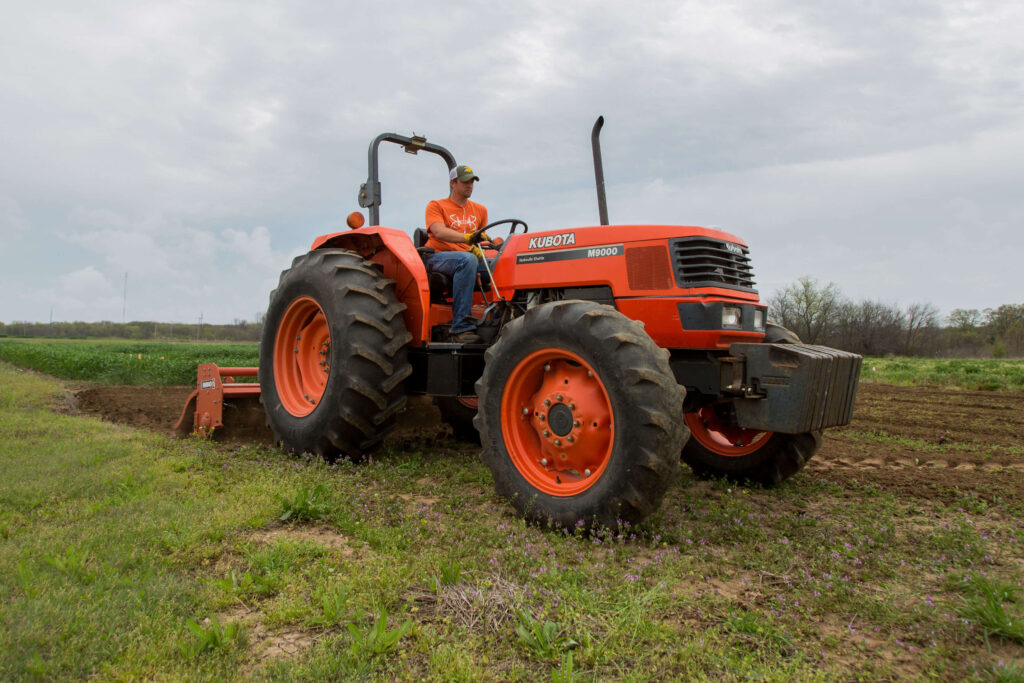
What’s wrong with tillage?
Conventional tillage includes common soil disturbance practices like plowing, disking, rototilling and chiseling. For decades, farmers and ranchers have been taught tillage was the go-to management practice to control weeds, loosen compaction, fracture soil crusts, prepare seed beds, incorporate added fertilizers, reduce excessive plant residues and shape the soil surface.
Turns out, tillage harms soil health and can perpetuate many of the conditions it is supposed to alleviate.
“Every input has its place,” Porter says. “We may never totally get away from these practices, and there are times when they are the most effective options. But usually there are better ways to manage land to accomplish your goals and make more money.”
By moving away from tillage completely, or reducing it significantly, we can avoid many problems conventional tillage creates. Disturbing the soil in this way can:
- Increase wind and water erosion
- Break down soil structure and increase compaction
- Enable greater moisture evaporation and reduce water infiltration
- Accelerate decomposition and loss of soil organic matter and organic carbon
- Add expenses including labor, fuel, maintenance and equipment
- Lead to greater need for fertilizers, herbicides and insecticides
- Destroy biodiversity in and above the soil
“While tillage is mostly used in row-crop farming, ranchers may use tillage in their planted pastures or cropland to prepare seedbeds for growing supplemental forage, shaping the land or controlling weeds,” Porter says, acknowledging many ranchers and farmers use tillage because it’s always been done that way. “We might compare tilling soil to cutting the human body. There may be times when we need to cut on people — surgery, for example — but it isn’t and shouldn’t be our first choice.”
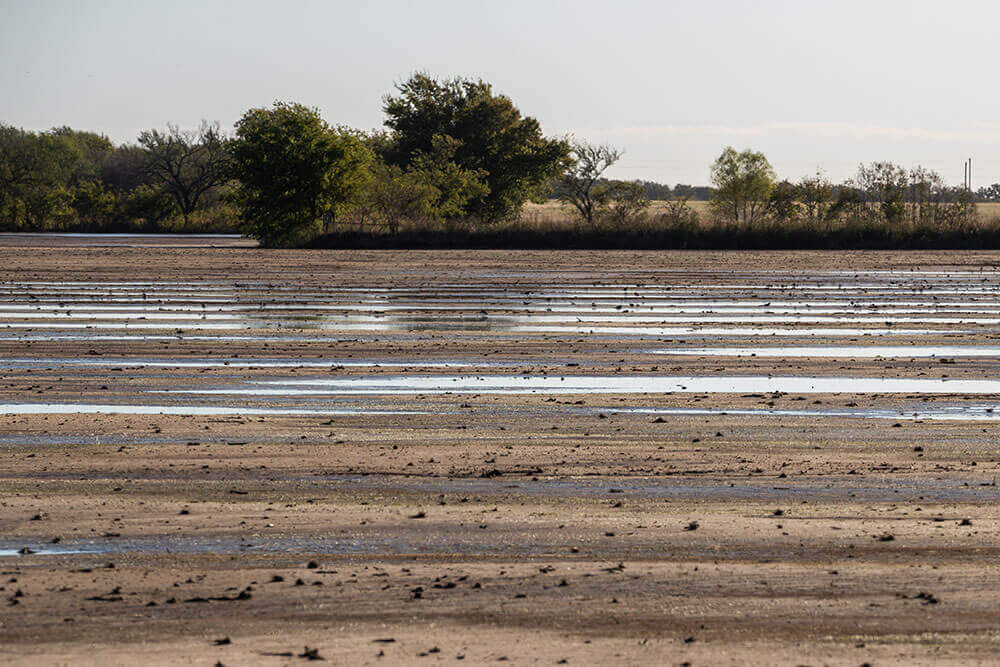
Strategies for reducing tillage and increasing soil health
To help ranchers make the transition to minimal tillage or no- till, Porter offers strategies to address four management considerations while achieving the goals of reducing soil disturbance, improving soil health and boosting the bottom line.
1. Planting forage
Many ranchers rely on annually planted pastures or cropland to grow supplemental forage to produce hay, to produce high protein forage to put weight on stocker cattle or to boost forage inventory.
“Annuals like winter wheat, rye, oats or sorghum may have a place when it comes to adding high-quality forage,” Porter says. “But my long-term goal is to help ranchers eventually reduce or eliminate annual planting because it can be an unnecessary input expense.”
When planting forages, he recommends skipping tillage whenever possible by using a no-till drill to seed into stubble or by broadcast-planting seed and treading it in with livestock hoof action.
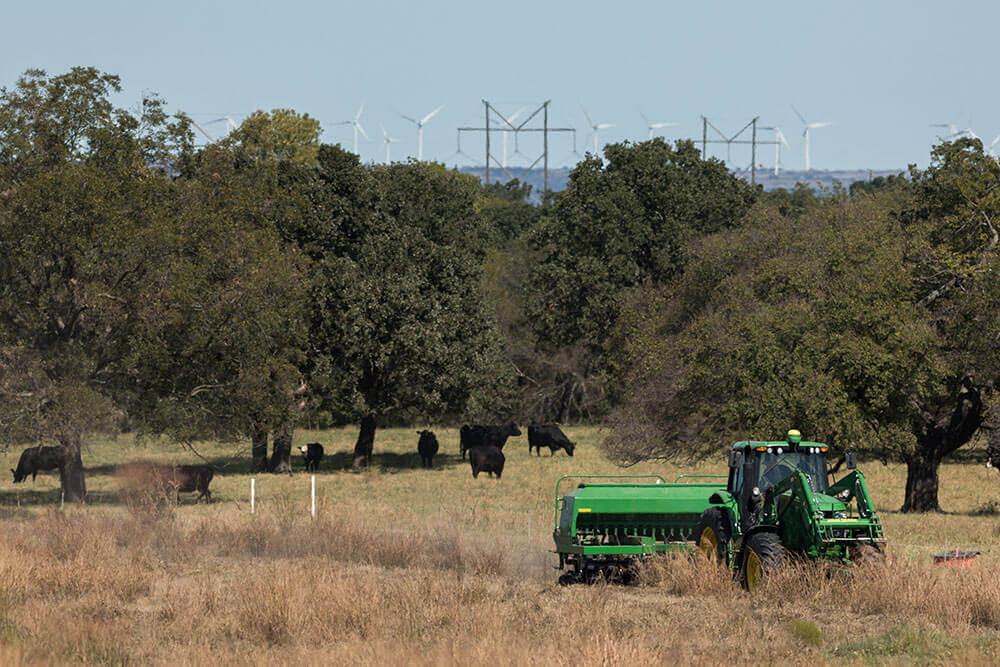
2. Transitioning cropland to pasture
Noble Research Institute is focused on helping ranchers transition away from expensive inputs and operations like applying synthetic fertilizers and pesticides, haying, and planting. Instead, Noble wants to help them learn how to best manage the forages they have. Even so, a field usually will not transition from cropland to perennial grasses efficiently without some management inputs.
“Noble had considerable cropland and introduced-pasture monocultures that we are evolving into more complex plant communities,” Porter says. “We’re using annual cover crops in the interim to cover and build the soil and add forage, while also interseeding perennial forages in pastures where native diversity is lacking. And, we’ve moved primarily to no-till.”
Tillage before or after a cover crop essentially sets the soil back and wipes away the benefits cover crops can provide, such as building organic matter, boosting soil structure, sequestering carbon, adding nitrogen and more.
By allowing desirable plants to have a competitive advantage — either by appropriately resting the pasture, using managed grazing for short periods of time and adjusting livestock numbers to match the site’s carrying capacity — the land usually restores itself naturally, without using herbicides or tillage.
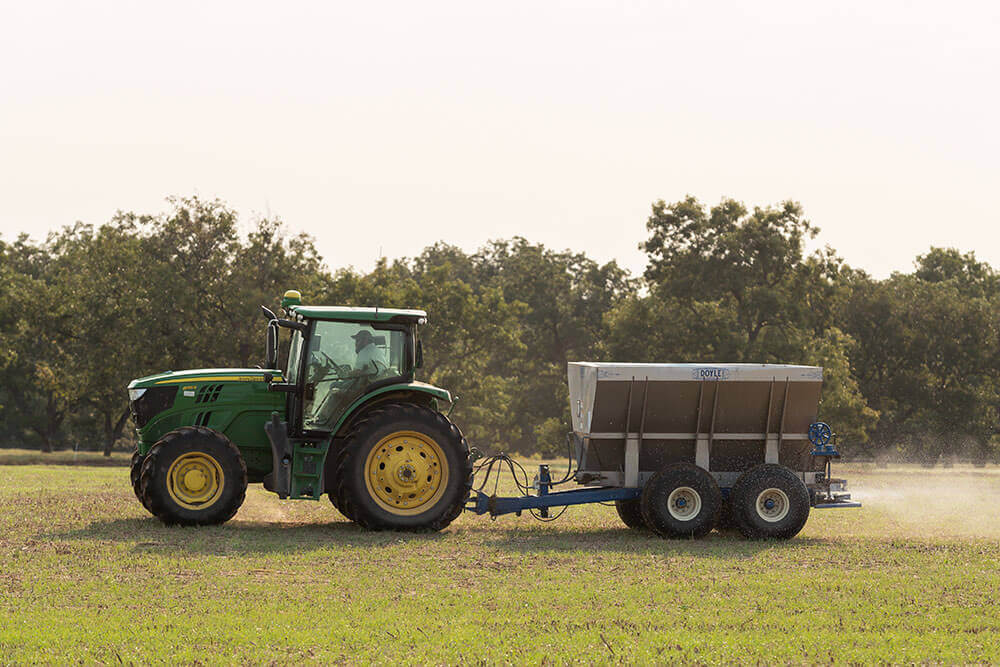
3. Controlling Weeds
Farmers sometimes resort to tillage to control weeds, particularly if the weeds are herbicide-resistant. But before you start tilling, Porter explains, it’s beneficial to consider weed ecology and community dynamics.
“Tillage only controls the existing germinated weeds. Depending on timing and intensity, studies show tillage often spreads the weed seedbank and encourages later emergence,” Porter says. “Tillage also favors low successional species, which may be less valuable for our goals.”
Ranchers should reevaluate what they consider to be weeds. In a balanced ecosystem, native forbs should be present, and many forbs can benefit cattle as a protein-rich forage offering vitamins and nutrients not available in grass. Forbs also offer prophylactic properties to minimize illness. There is a common misconception that cattle don’t eat forbs; but when cattle are exposed to them in higher stock densities, the same forbs that cows may not eat under low stock densities become an important part of their diet.
“A weed is a plant out of place for your goals,” Porter says. “When a native forb is more abundant than we want it, it’s usually the result of something we did or didn’t do to the land. Maybe we created too much bare ground through overgrazing or tillage, or gave it too little rest.”
Herbicides do have their place. For example, you might have to terminate a cover crop so you can drill a cash or forage crop. There are times when a spot herbicide treatment is the most practical option to reduce excessive woody plants or particularly noxious weeds. In introduced pasture and native rangeland, however, broad-scale herbicide applications often indiscriminately kill off desirable plants such as forbs (broad-leaved herbaceous plants) and woody plants that offer nutritional and ecological benefits not available from grasses.
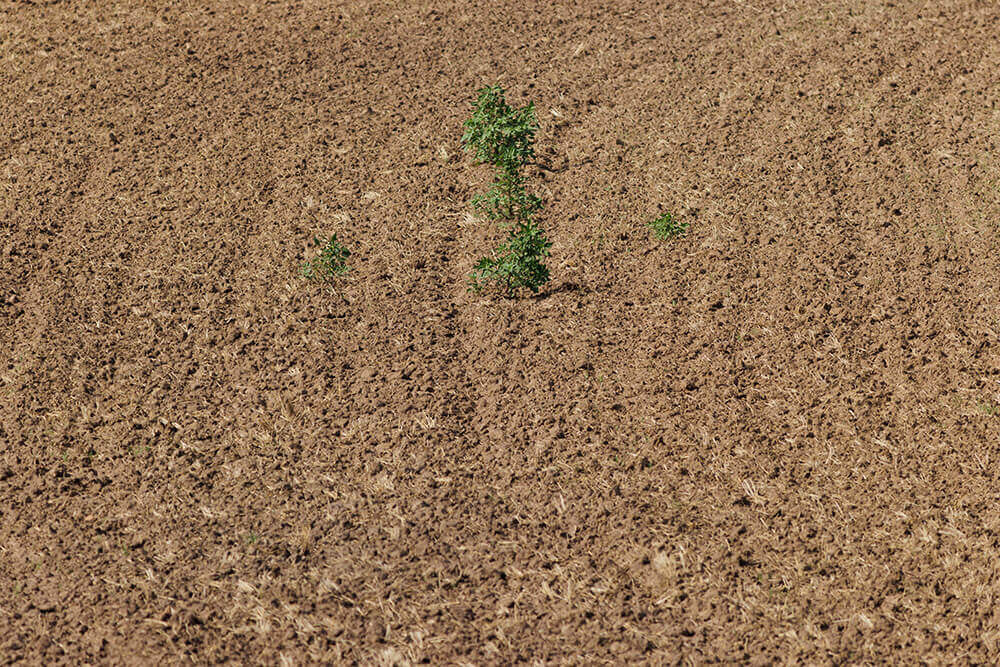
4. Managing successional states
Each site has a predictable successional path (changes in plant composition and soils), determined by soil type and climate. To keep land in a desired state, for example, where perennial grasses and forbs dominate, ranchers often rely on man-made disturbances like herbicide, mowing or mechanical brush control. When they instead work with the natural processes of herbivory (grazing), fire and rest (the absence of disturbance), they can accomplish good results at a lower cost.
“When we manage against nature, we disrupt balance in our ecosystems and create more challenges,” Porter explains. “There are no simple prescriptions. You have to consider what’s supposed to be there, where your land is today and how it got there — and recognize that everything we do has many reactions.”
Knowing the type of plant communities that are native to your ranch versus what’s growing there now can help you understand the management necessary to improve the community dynamics. Noble offers educational publications with detailed color photographs to help ranchers identify many common plant species.
“Plant communities constantly change. Understanding what causes the changes helps us develop more desirable outcomes with the least cost,” Porter concludes. “Regenerative management practices can improve soils, plants, animals and profit with minimal inputs by working with nature rather than against it.”

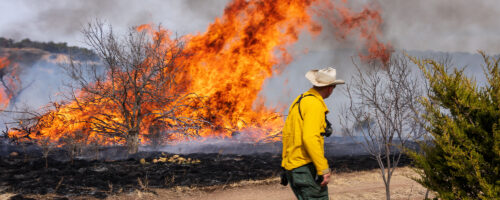
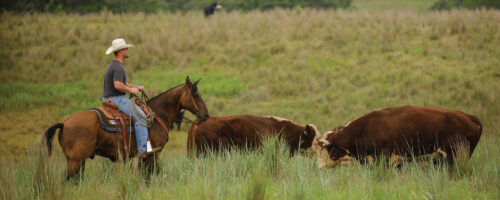
Comment